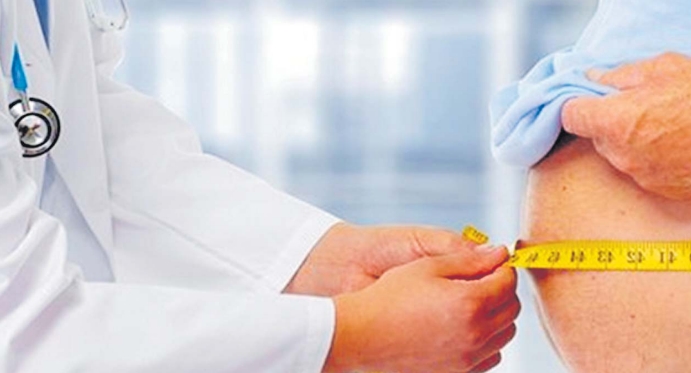IN a shift from cure to prevention, the Ministry of Health is championing a proactive lifestyle through its national Wellness campaign urging Fijians to understand their health before illness strikes.
“The idea is simple,” a Health Ministry spokesperson said.
“Prevention is better than cure and that means knowing your body and what it’s telling you, before symptoms appear.”
At the heart of this effort is the Rainbow Approach to Healthy Living a concept that encourages all Fijians, at every age, to take ownership of their wellbeing through regular check-ups and an understanding of the “seven dimensions of wellness.”
These span physical, emotional, intellectual, spiritual, social, occupational, and environmental health.
And it starts with knowing your numbers.
The Power of Screening
Health checks, also known as screenings, are simple, painless tests that can flag early signs of Non-Communicable Diseases (NCDs) such as diabetes, hypertension, and obesity.
They’re especially important for adults over 30, though the Ministry says anyone can benefit from understanding their current health profile.
If your results show you’re at risk, there’s time to take action.
Whether that’s improving your diet, becoming more active, or starting medication.
Here’s a breakdown of the key health indicators you should know.
Body Mass Index (BMI)
BMI is a measure of body fat based on height and weight. It gives a general picture of your body composition and the risk of conditions like obesity and heart disease.
BMI Categories:
r Below 18.5: Underweight
r 18.5 – 24.9: Normal or Healthy Weight
r 25.0 – 29.9: Overweight
r 30.0 and above: Obese
If you don’t know your BMI, you can calculate it by dividing your weight in kilograms by the square of your height in metres.
Blood Pressure (BP)
This is the measure of the force your heart uses to pump blood through your body. It’s shown as two numbers:
Systolic (upper number): Pressure when your heart beats
Diastolic (lower number): Pressure when your heart rests between beats
BP Categories:
Normal: Less than 120/80 mmHg (Your blood pressure is in a healthy range. Your heart is working just right to pump blood around your body)
At risk (prehypertension): 120–139/80–89 mmHg (Your blood pressure is a bit higher than normal. It’s not dangerous yet, but it’s a warning sign. If you don’t make changes, like eating healthier, exercising, or reducing stress, it could turn into high blood pressure)
High: 140/90 mmHg or higher: (This means your blood pressure is too high. Your heart is working too hard, which puts you at risk of serious health problems like heart attack, stroke, or kidney damage. You should see a doctor and make lifestyle changes as soon as possible)
High blood pressure can quietly damage your arteries for years before symptoms appear and early detection can save lives.
Random Blood Sugar (RBS)
An RBS test measures the amount of glucose in your blood, regardless of when you last ate. It’s a fast and useful way to detect Type 2 diabetes.
Healthy RBS range: 4.4 – 8 mmol/L
“Any number above 8 should be discussed with your doctor,” the Health Ministry warns.
“The sooner diabetes is diagnosed, the better the outcome.”
The Ministry hopes that by promoting regular screenings and a better understanding of these “numbers,” more Fijians will take charge of their health and reduce the growing burden of NCDs across the country.
“It’s not just about adding years to your life, it’s about adding life to your years.”
For more on wellness or to book a free health screening, visit your nearest health centre.
n Source: Ministry of Health and Medical Services, Fiji – The Wellness Approach. Available at: www.health.gov.fj/ncds/the-wellness-approach/



